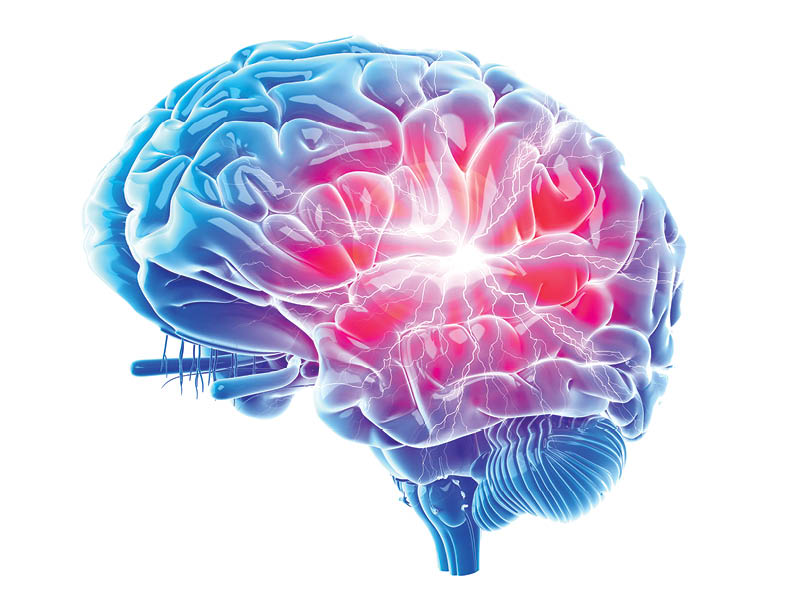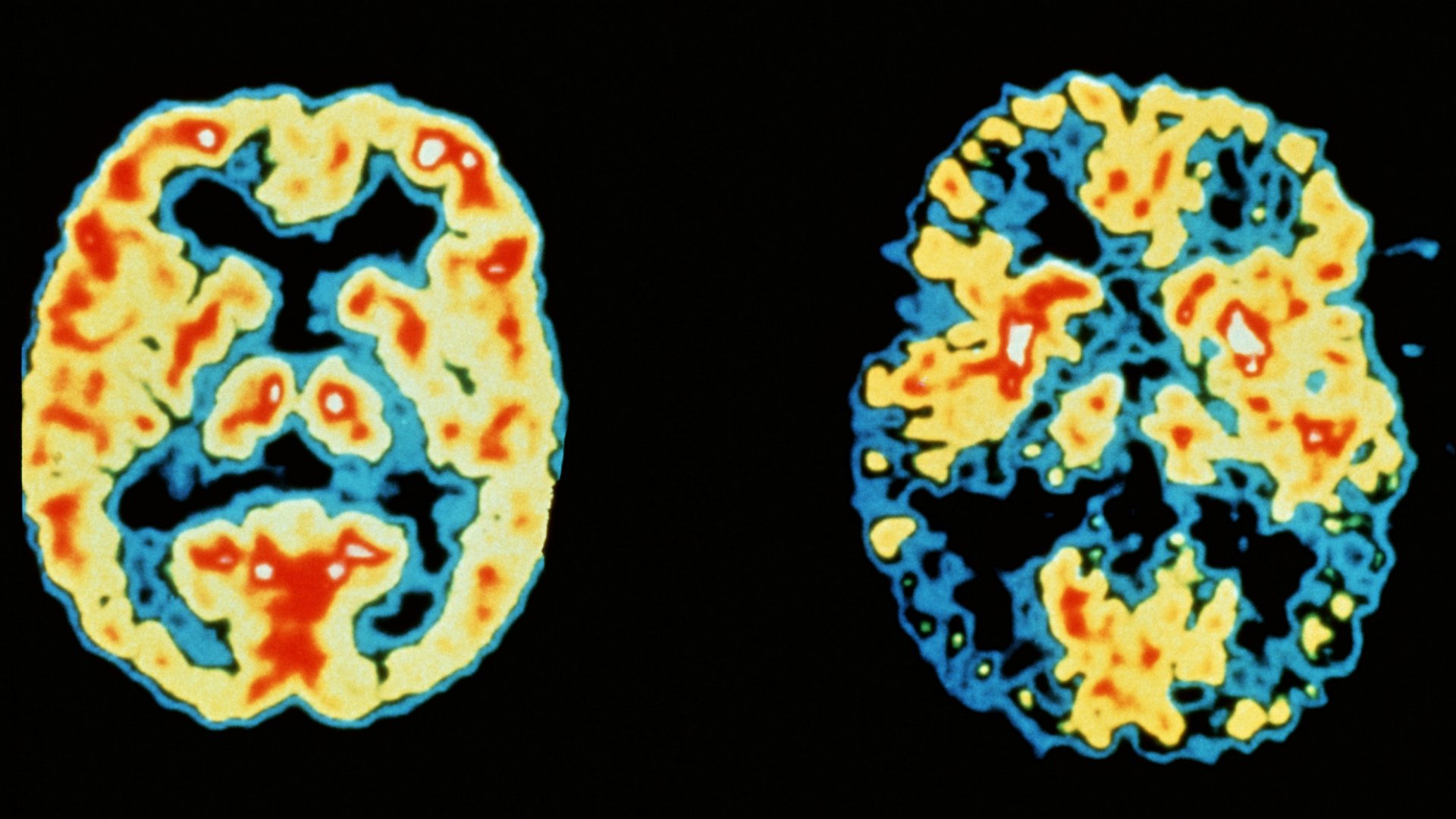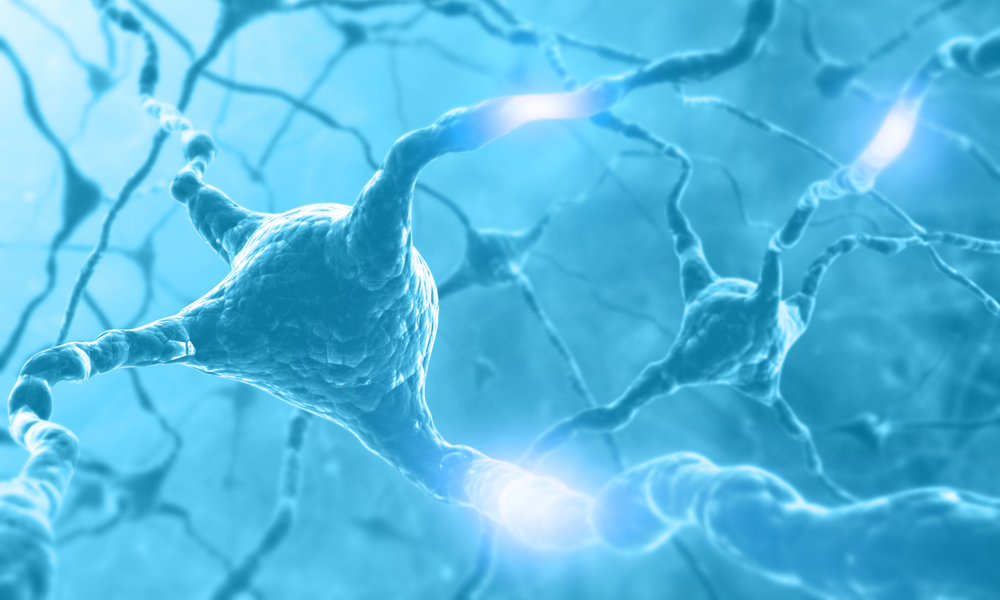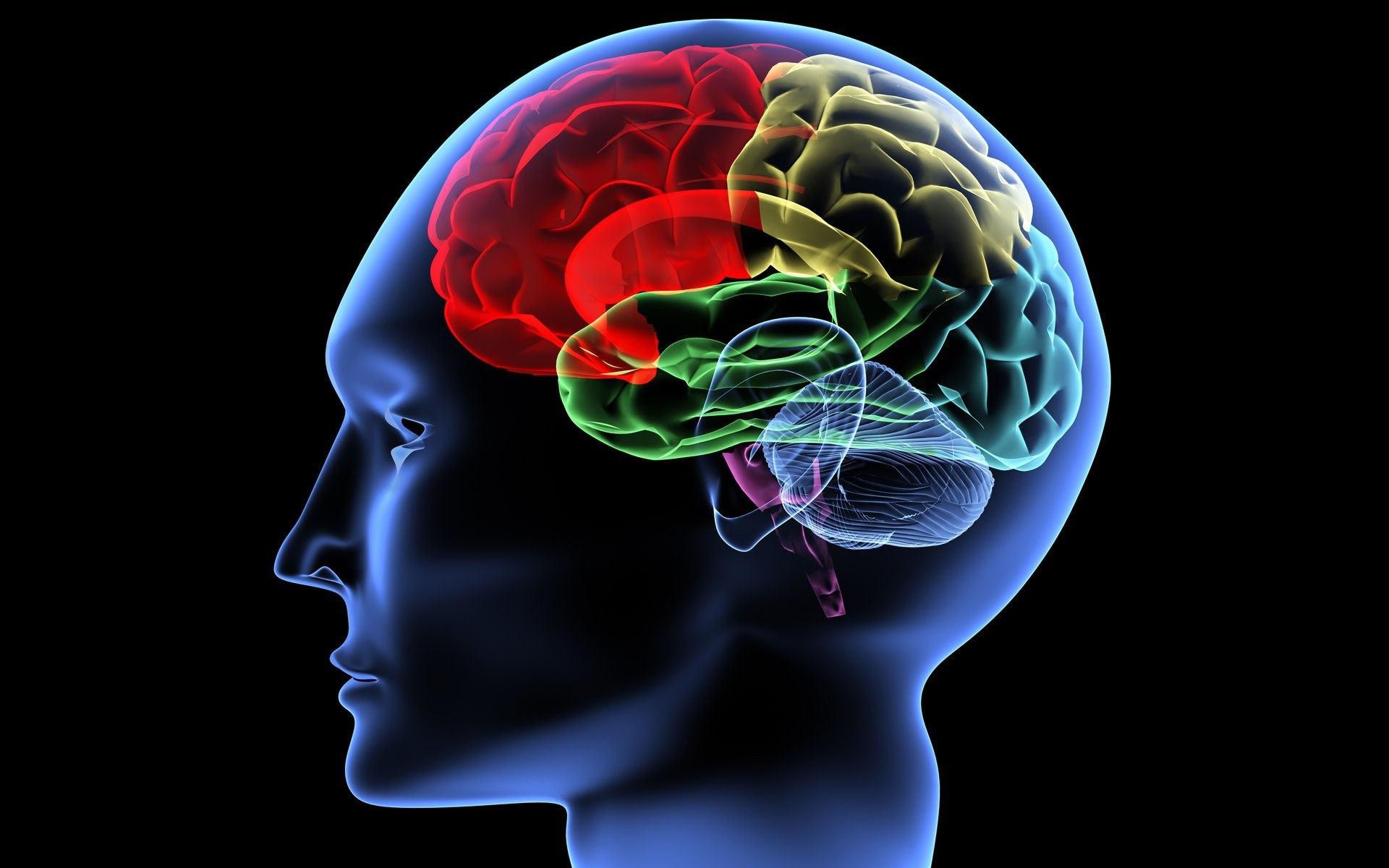A research team has found a small area of the brain in mice that can profoundly control the animals’ sense of pain. Somewhat unexpectedly, this brain center turns pain off, not on. It’s located in an area where few people would have thought to look for an anti-pain center, the amygdala, which is often considered the home of negative emotions and responses, like the fight or flight response and general anxiety.
Somewhat unexpectedly, this brain center turns pain off, not on. It’s also located in an area where few people would have thought to look for an anti-pain center, the amygdala, which is often considered the home of negative emotions and responses, like the fight or flight response and general anxiety.
“People do believe there is a central place to relieve pain, that’s why placebos work,” said senior author Fan Wang, the Morris N. Broad Distinguished Professor of neurobiology in the School of Medicine. “The question is where in the brain is the center that can turn off pain.”
…
Using a technology called optogenetics, which uses light to activate a small population of cells in the brain, the researchers found they could turn off the self-caring behaviors a mouse exhibits when it feels uncomfortable by activating the CeAga neurons. Paw-licking or face-wiping behaviors were “completely abolished” the moment the light was switched on to activate the anti-pain center.
“It’s so drastic,” Wang said. “They just instantaneously stop licking and rubbing.”
When the scientists dampened the activity of these CeAga neurons, the mice responded as if a temporary insult had become intense or painful again. They also found that low-dose ketamine, an anesthetic drug that allows sensation but blocks pain, activated the CeAga center and wouldn’t work without it.











